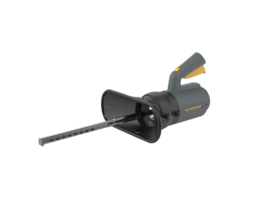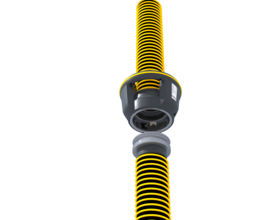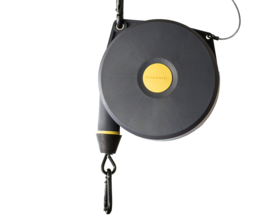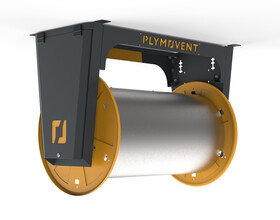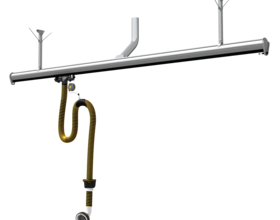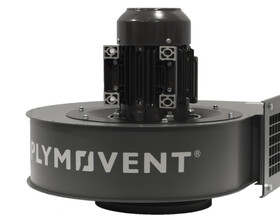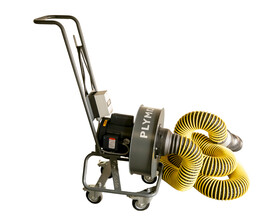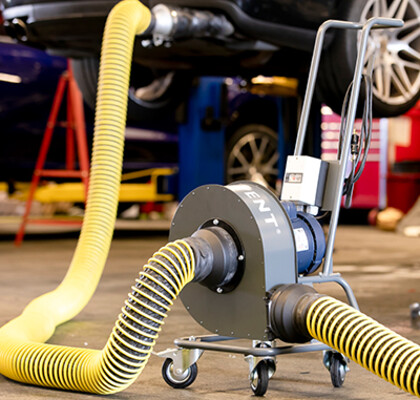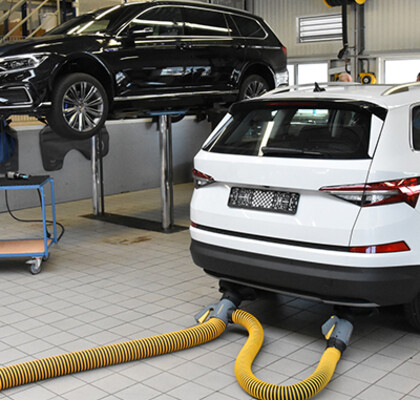With vehicle exhaust extraction systems in your facility, you ensure a cleaner, safer and healthier workplace. Protecting your colleagues, reducing sick leave and decreasing downtime of machinery, are just some of the benefits created as a result of installing a Plymovent vehicle exhaust extraction system.
Are you ready to experience benefits? Take a look at the wide range of exhaust extraction systems and/or contact a Plymovent expert. We are ready to provide the solutions for your specific needs.
Putting your health first has been our most important goal since 1975.


